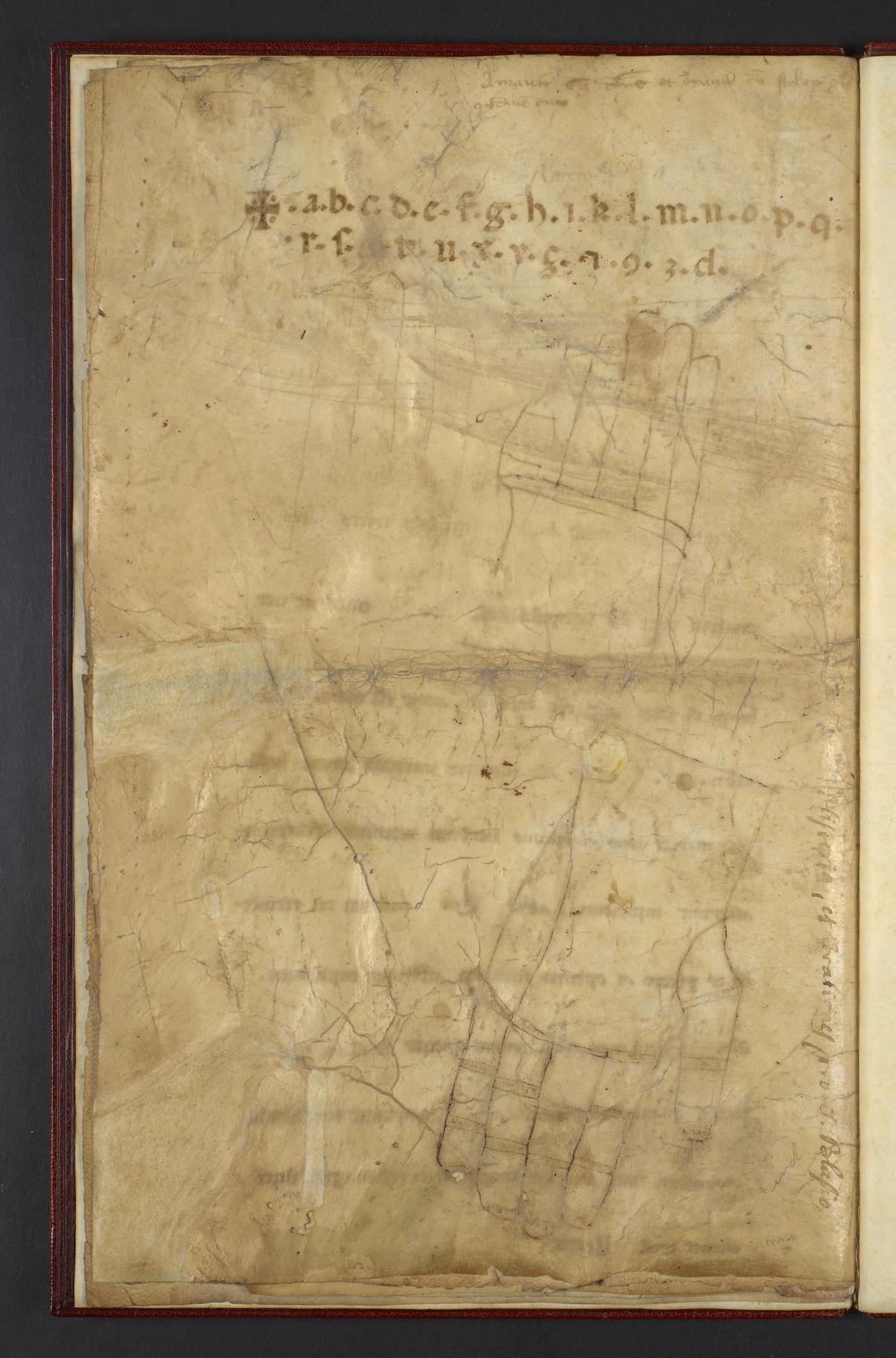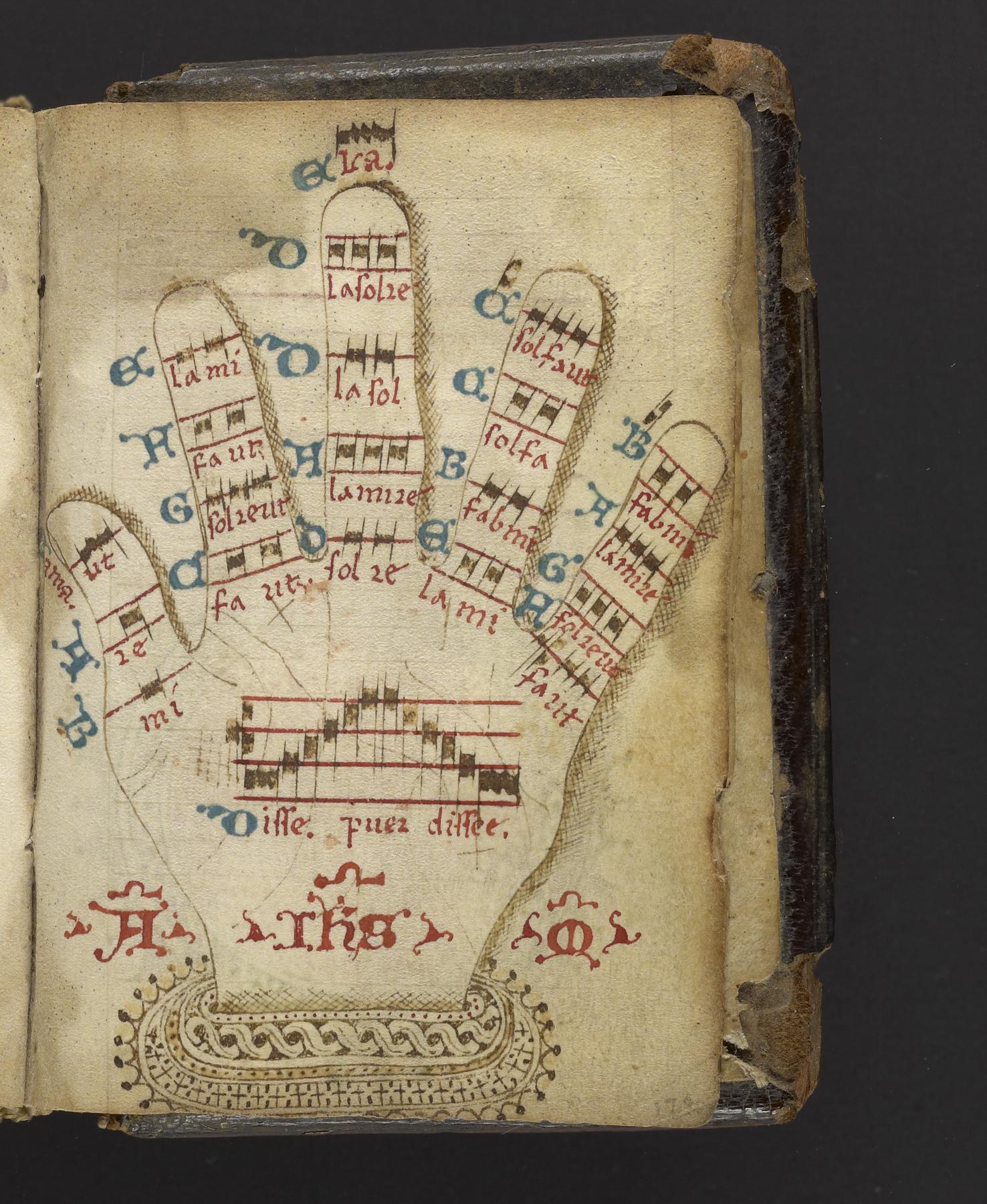Jane Austen’s contemporaries, including everyone from the laboring poor to the royals, shared a belief in the restorative power of spring water and in the consumption of natural remedies. In the years when Austen was writing Northanger Abbey, the warm springs offered at Bath’s Pump rooms were a popular treatmentfor those suffering from loss of appetite, nerves (Mrs. Bennett!), gout, and ailments affecting the stomach, head, and vital parts.
In 1813, a guide to the resort claimed that the waters contained carbon dioxide, azotic gas, sulphates, muriate of soda, selenite, carbonate of lime siliceous earth, and a very small portion of oxide of iron (Guide 32). These properties probably gave the water a sulfuric aroma. As the opening of this chapter suggests, though, whether ill or healthy, the resort provided for all. For the healthy visitor, the prime activity was to consume in ways that are familiar to us: purchasing clothes or textiles, as Catherine learns to do from Mrs. Allen, window-shopping, and people-watching.
These lines express Austen’s awareness of the period’s rapidly growing consumer market, resulting from an unprecedented growth in the middle class, which in turn increased demand for domestic and foreign goods. Purchasing power allowed Bath visitors to pay about one guinea a month for access to the warm spring waters served in the newly renovated Pump Room, and to provide a handsome gratuity to the pumper serving water from the King’s Springs .jpg) (Guide 38). But they would likely also be paying to imbibe other popular drinks, including tea, coffee, and chocolate, which albeit pricey were increasingly affordable to the growing middle-class (Selwyn 215). As any Austen fan knows, the Pump Room continues to serve tourists today. Although bathing is no longer allowed, tea, chocolate, coffee, and warm spring waters can still be imbibed.
Walking the streets of Bath with Catherine as we read through Northanger Abbey’s first volume, we might keep in mind who teaches Catherine her consumer habits, and how the novel’s development may be commenting on these practices. We might also consider how the novel records a turning point in the consumption of natural remedies and other goods extracted from apparently distant communities and environments. How much do our current consumer habits differ from Catherine’s?
Works Cited.


